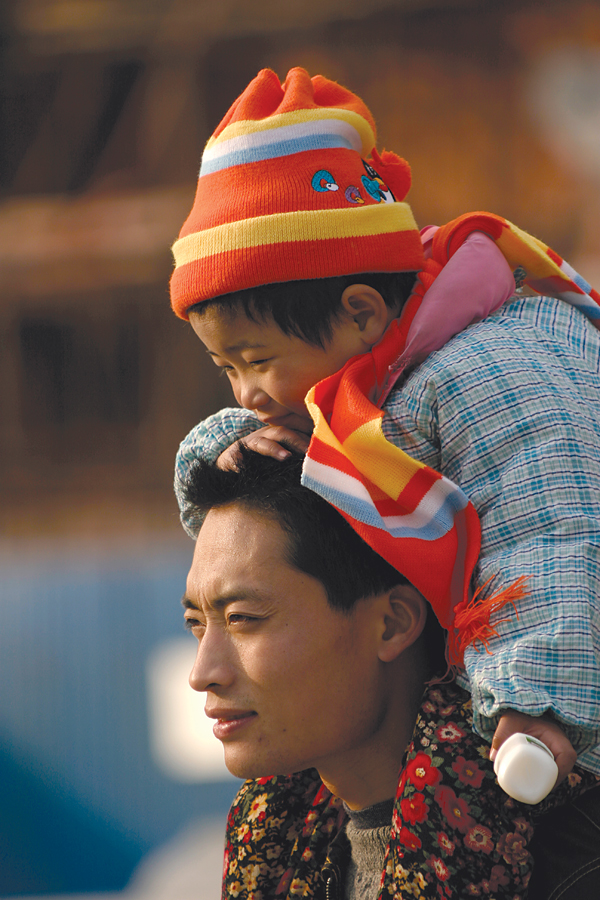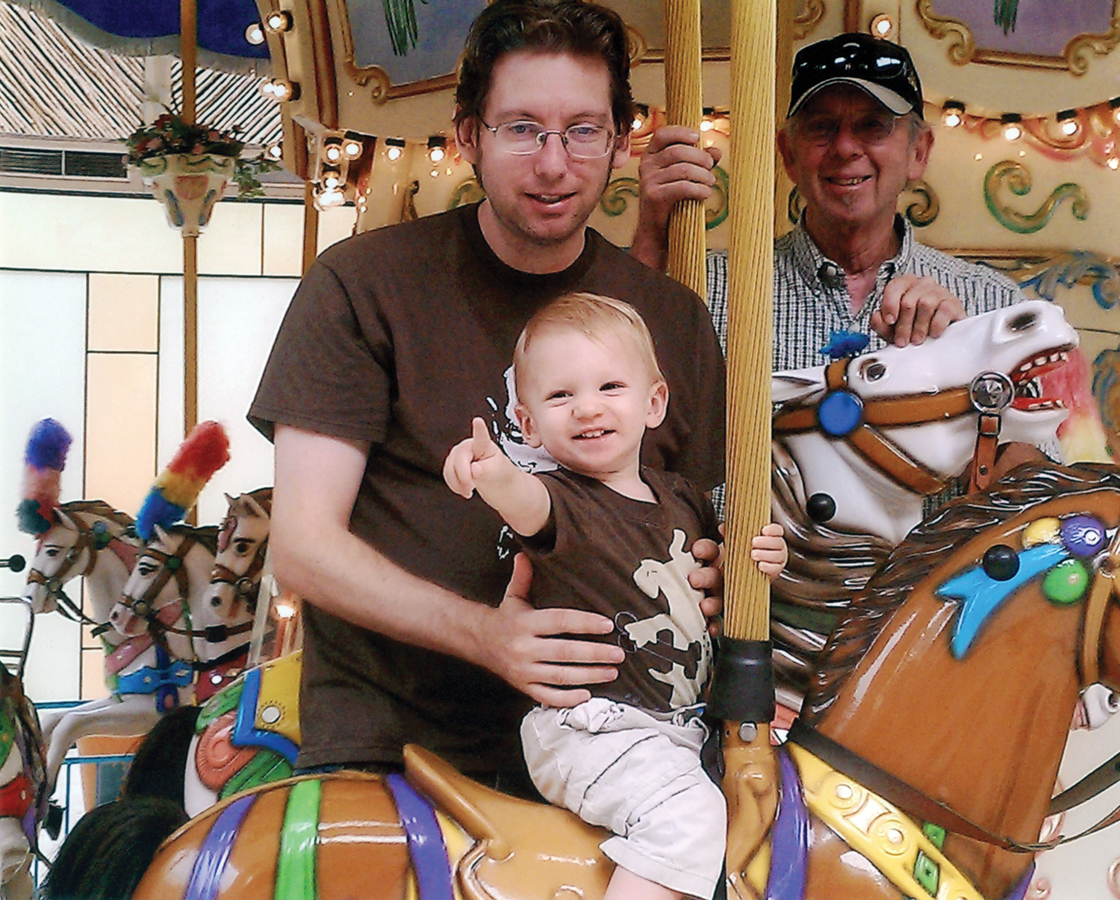The First Two Years: Psychosocial Development

WHAT WILL YOU KNOW?
- How do smiles, tears, anger, and fear change from birth to age 2?
The social smile, evoked by seeing a human face, emerges at about 6 weeks. Infants worldwide express social joy and laughter between 2 and 4 months. Anger is evident at 6 months, usually triggered by frustration. Fear in response to some person, thing, or situation is evident at about 9 months and soon becomes more frequent and obvious. Emotions take on new strength during toddlerhood. For example, throughout the second year and beyond, anger and fear become less frequent but more focused, targeted toward infuriating or terrifying experiences. Similarly, laughing and crying are louder and more discriminating.
- Does a baby’s temperament predict lifelong personality?
Temperament is not the same as personality, although temperamental inclinations may lead to personality differences. Generally, personality traits are learned, whereas temperamental traits are genetic.
- What are the signs of a healthy parent-
infant relationship? Signs of a healthy parent–infant relationship include proximity-
seeking and contact- maintaining behaviors. Proximity- seeking is evident when a baby cries if the mother wants privacy when she goes to the bathroom or if a back- facing car seat prevents the baby from seeing the parent; baby always wants to be in close proximity to that caregiver! Contact- maintaining is evident when caregivers sometimes absentmindedly smooth their toddler’s hair or caress their child’s hands. - Do human cultures differ in their understanding of infant emotions and caregiving practices?
Different cultures hold different views on infant emotions and caregiving practices. For example, there seems to be more separation anxiety and stranger wariness in Japan than in Germany because Japanese infants have very few experiences with separation from their mothers, whereas in German towns, infants are frequently left alone outside of stores or supermarkets while their mothers shop.

My 1-
And I worried about her husband. He spent many hours, day and night, carrying my grandson while my daughter slept.
“It seems to me that you do most of the baby-
“That’s because Elissa does most of the breast-
This chapter opens by tracing infants’ emotions as their brains mature and their experiences accumulate, and it notes temperamental and cultural differences. All babies cry early on, but soon their emotions take many forms. This discussion leads to an exploration of caregiver–
Then we apply each of the five theories introduced in Chapter 2 not only to understand infant emotions but also to a controversial topic: Who should be the caregiver? As this chapter explains, although temperaments and caregivers vary, most infants (including my now-